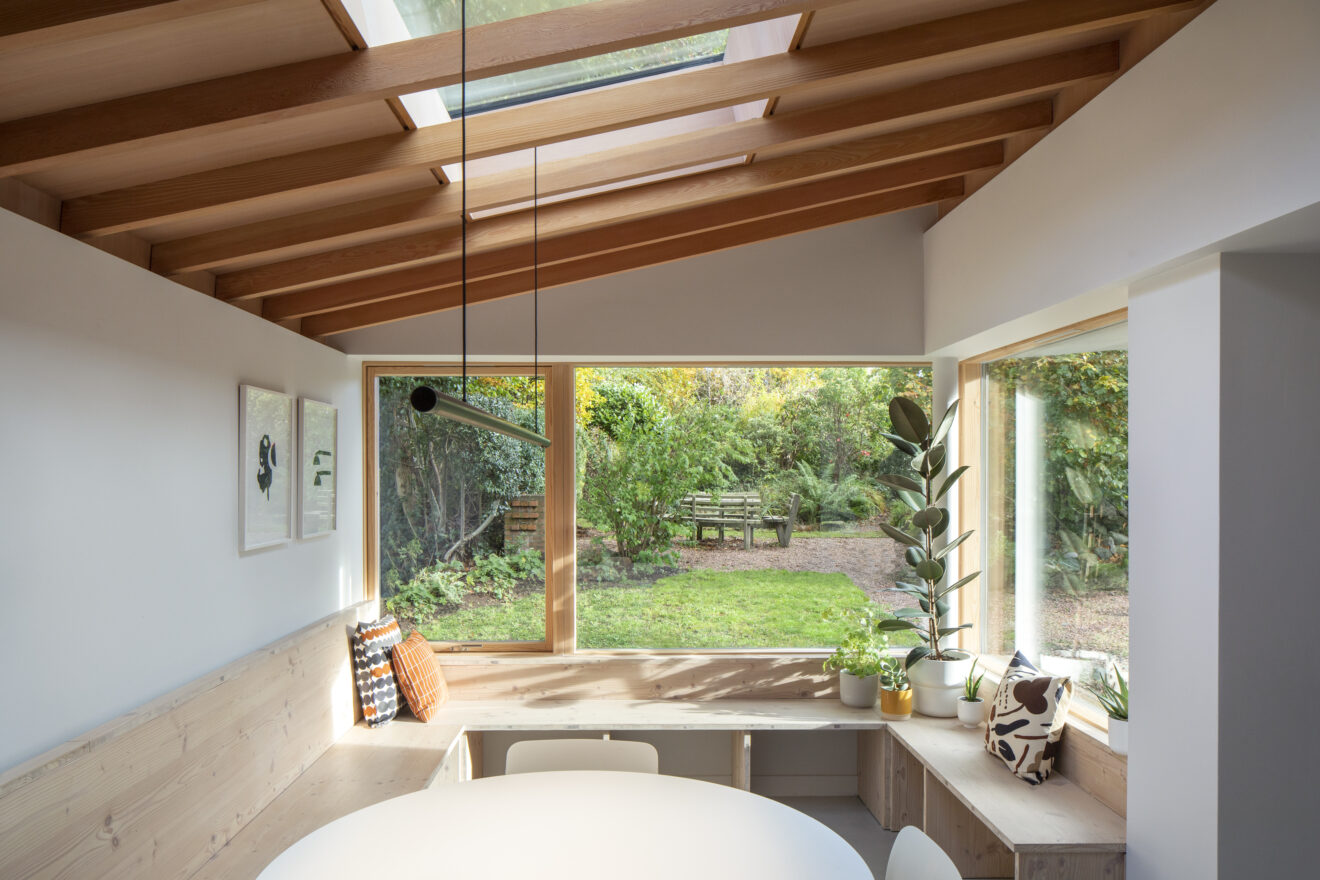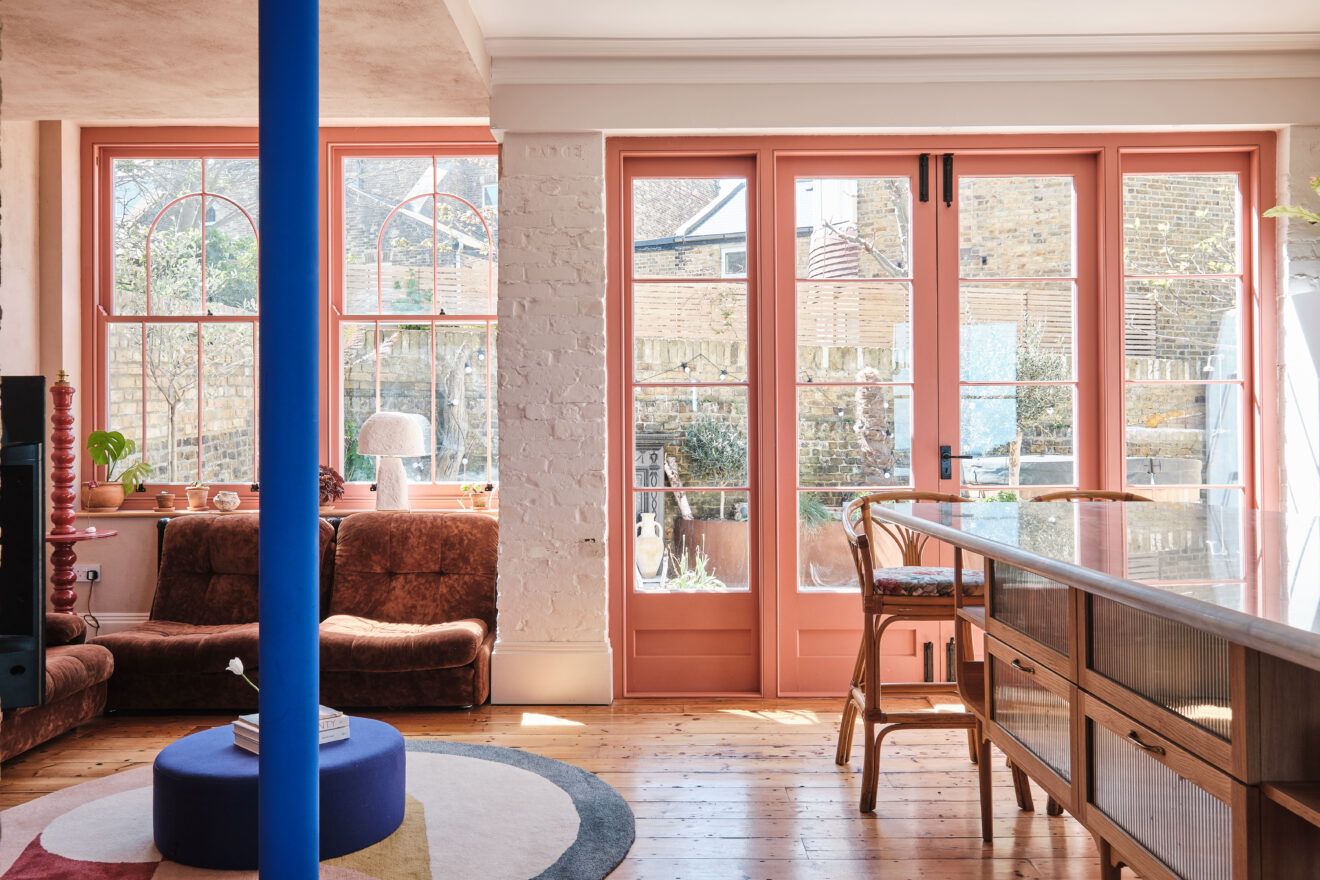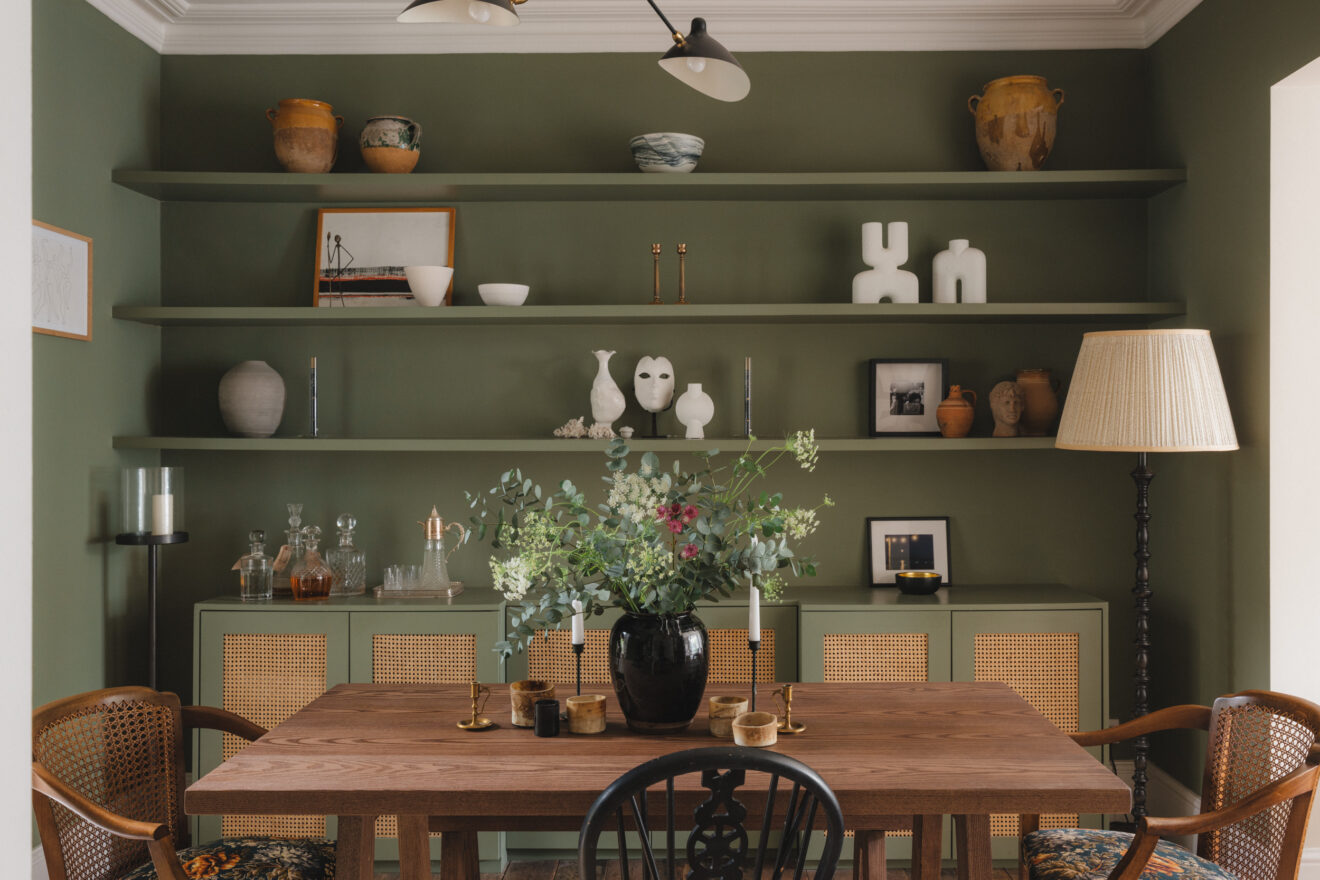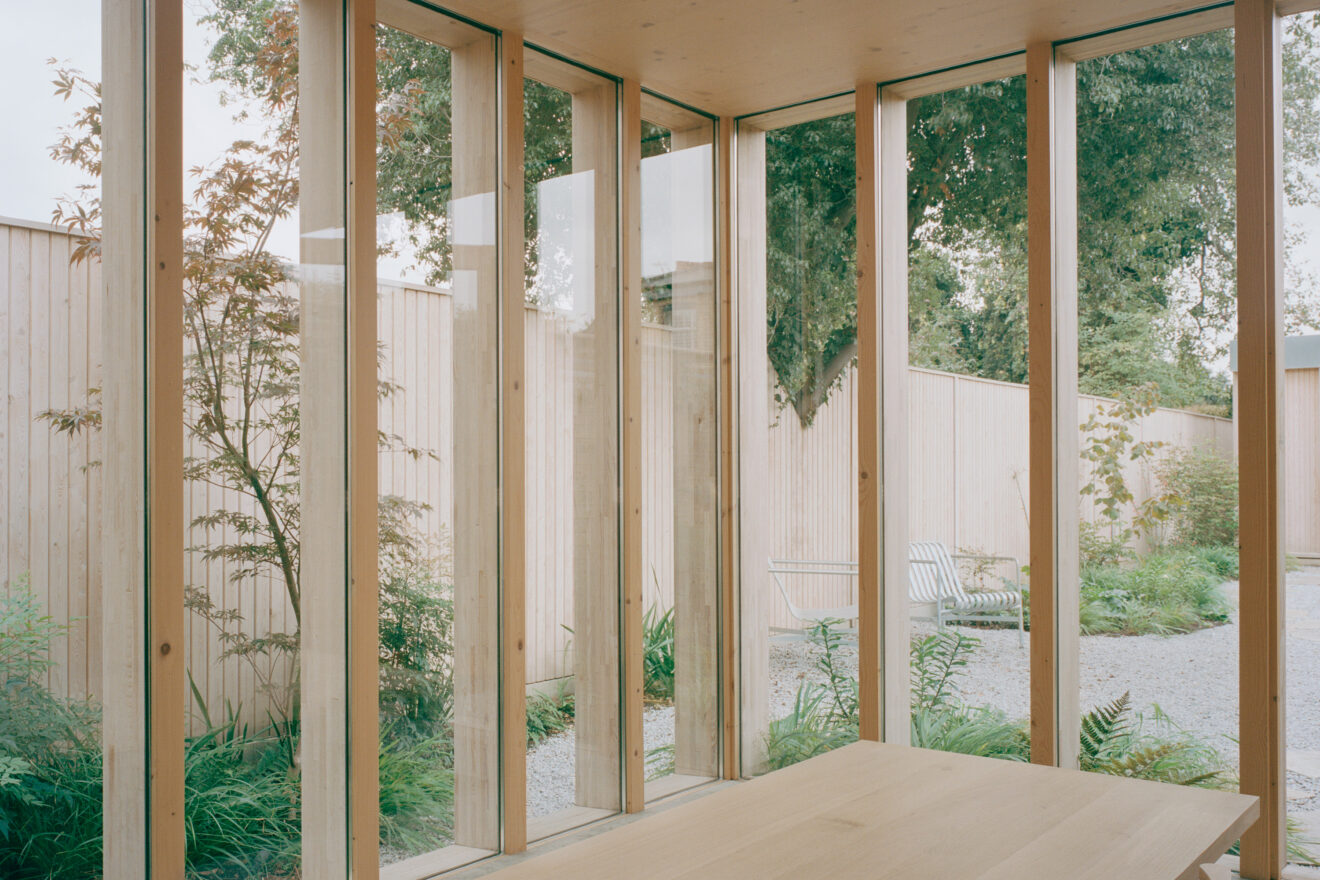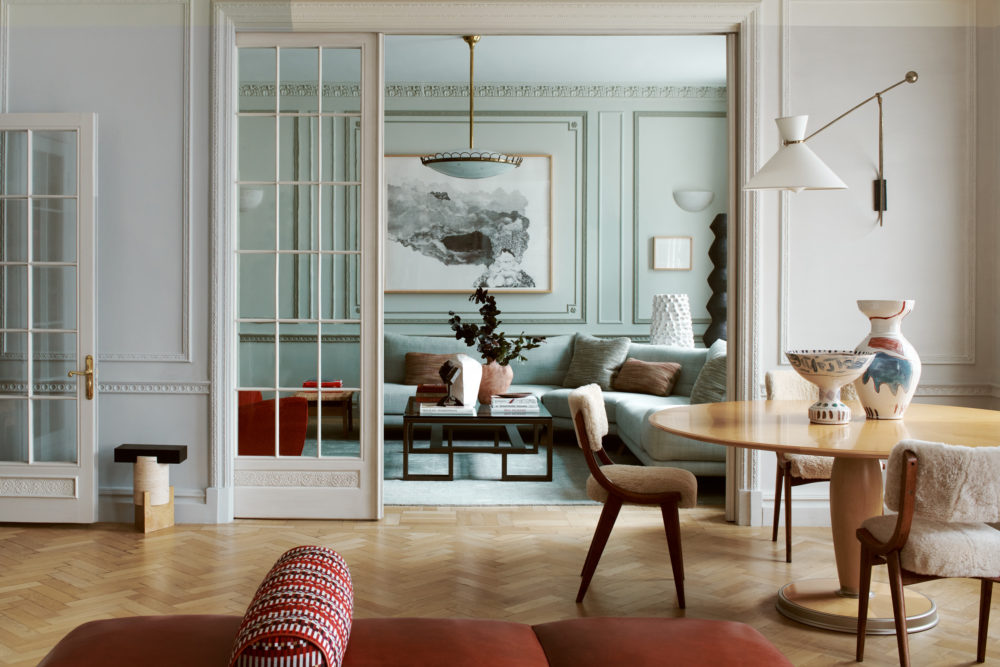Top Tips for Selling Your Home in 2025
Here at Aucoot, our world orbits around homes. When we aren’t connecting people with new homes to live in, we’re talking about how we can be a helpful source of inspiration and knowledge on the matter. A big part of that is being in constant dialogue with our community – made up of interior designers, architects, industry insiders and creative souls – who keep us at the heart of the housing market and ahead of its shifts.
We’ve packed all of those conversations we’ve had with experts recently into one digestible article to help sell your home. The key trends that have emerged from these conversations reveal something we have noticed on a more personal level: a retreat back to nature. What does this mean? More natural materials (that also keep energy bills down), the creation of spaces that connect us with family, friends and ourselves, and an embrace of gentler lines and organic curves. We’re all in need of some calm and connection, and the housing market is reflecting that.
Consider this your guide to tapping into the architecture and design trends of 2025…
The pendulum is swinging away from open-plan design in favour of separate spaces for living and relaxing. We’re returning to the world of comfort and cosiness, ushering in a new era of nooks and individual rooms designed for different moods.
Hosting at home is here to stay, and buyers are looking for spaces apt for entertaining. On the flip side, people are seeking out spaces that allow for rest and relaxation. The solution? Separate spaces. Kate Quinlan of McLean Quinlan tells us, “Interiors that allow you to switch off from a busy day and reconnect with family are set to become even more popular as we rethink how we live with technology. Peaceful reading rooms or window bench seats offer versatile spaces to rest and are always best crafted from quality natural materials.”
Consider the blank canvas a thing of the past. In 2025, spaces with substance will continue to have far more appeal than formulaic homes, so commit to bolder design choices with confidence. Dan O’Brien, Director of Aucoot, has noticed buyers no longer look for blank spaces. Instead, they’re seeking design-led homes that are well thought-out and beautifully finished. Presenting a blank canvas often means starting from scratch, which most buyers find intimidating, “the key is presenting a vision that feels aspirational yet liveable, allowing buyers to imagine upgrading their new home slowly”.
To evolve the previous point, colour is back and richer than ever before. People want homes that feel like a hug, not a hotel, which means beige, white and cream are being ousted for deeper, oilier, vibrant tones that evoke more of an emotional response. When chosen authentically and applied cohesively, colour is a simple way to introduce vibrancy and personal expression into a home.
If abandoning years of magnolia walls feels too extreme, opt for an earthy tone like terracotta, which perfectly tows the line between neutrality and warmth. Be sure to leave the accent wall in 2024; the year ahead is about committing to your design choices in full, not just for one wall. If wall-to-wall redecoration is too much, there are plenty of ways to incorporate rich colour into your home without being surrounded by it: consider a bold sofa or statement artwork.
Environmentally-friendly and energy-efficient features are steadily becoming more important as buyers look for ways to live more sustainably and reduce energy bills. Louis of Studio Hagen Hall echoes the increased use of natural, sustainable materials that are low-carbon or low-embodied energy, “not only are these materials better for the environment, but they are healthier to build with and live with, and are generally speaking more beautiful, especially as they age”.
Louis explains that the use of sustainable materials can be implemented at every level, from using natural insulation (like wool or wood fibre or straw) in the place of typical fibreglass, to the use of large-scale techniques such as swapping concrete and steel for structural timber (CLT) when it comes to building extensions. If your budget allows, energy-efficient upgrades like double glazing or underfloor heating are a wise investment.
More and more, our homes are serving as a retreat from the digital-first, hyper-connected world. Incorporating natural materials into your home plays a big part in cultivating a sense of calm and bringing us back to nature. As well as the energy-saving potential mentioned above, using natural materials is a timeless approach to interior design. “We have long worked on homes across the world that prioritise tactile materials like timber and stone, but we’ve recently seen an increasing interest in natural finishes and design concepts that offer a calm respite from busy, digitally-led lives”, adds Kate Quinlan. Put simply, natural materials look better, feel better and work better.
In 2025, quality over quantity will prevail. When it comes to bedrooms, the demand for spacious principal bedroom suites is greater than the need for extra bedrooms. “While some families need more bedrooms, many buyers – especially those planning to start families – are prioritising homes with generous, well-designed main bedroom spaces”, says Dan of Aucoot. Homeowners spend a large proportion of their time in the bedroom, so prioritising this space when modernising your home makes complete sense.
The design world is shifting away from harsh lines and sharp angles towards gentler and softer forms. For 2025, buyers will be drawn to warm and welcoming homes, and embracing curves is a simple way to set the tone. Round-edged furniture, tactile interiors and soft lighting evoke warmth, inviting you to slow down and unwind.
Lode, a striking residence in Stoke Newington, seamlessly merges stronger elements with organic forms: stainless steel cabinetry is offset by oak handles, and spherical portholes, as well as rounded lighting, have a calming, softening effect throughout.
Regardless of the unpredictable British weather, gardens are making their way up the priority list of buyers, and are increasingly seen as an extension of living space. Simple upgrades like well-looked-after landscaping or an outdoor seating area are easy wins, making a property feel larger and more inviting. The decorative, mature garden at Fairmount Road highlights the impact of a well-designed outdoor space. Smart landscaping accentuates the homes’ far reaching views of the surrounding woodland, offering a closeness to nature which is rare to find in London.
With a larger budget, investing in mature trees or professional landscaping can add a sense of privacy and prestige. Dan of Aucoot suggests investing in all-weather practicalities such as garden studios, “they offer buyers complete flexibility and help free up internal rooms.” They can also serve as home offices, which are continuing to rise on wish lists too.
When investing in your home, the focus should never veer too far from adding value. If you’re in a position to make architectural investments, “the most important changes come from intelligent space-planning”, says Louis of Studio Hagen Hall. He adds, “This doesn’t necessarily mean extending and adding more area, but really thinking about how you can get the most out of a layout”. Built-in storage can transform how the home is used and plays a big part in making your space smarter, but adding value often hinges on additional square footage.
Thinking of selling in 2025? Get in touch today for an informal chat about how we can help you.

